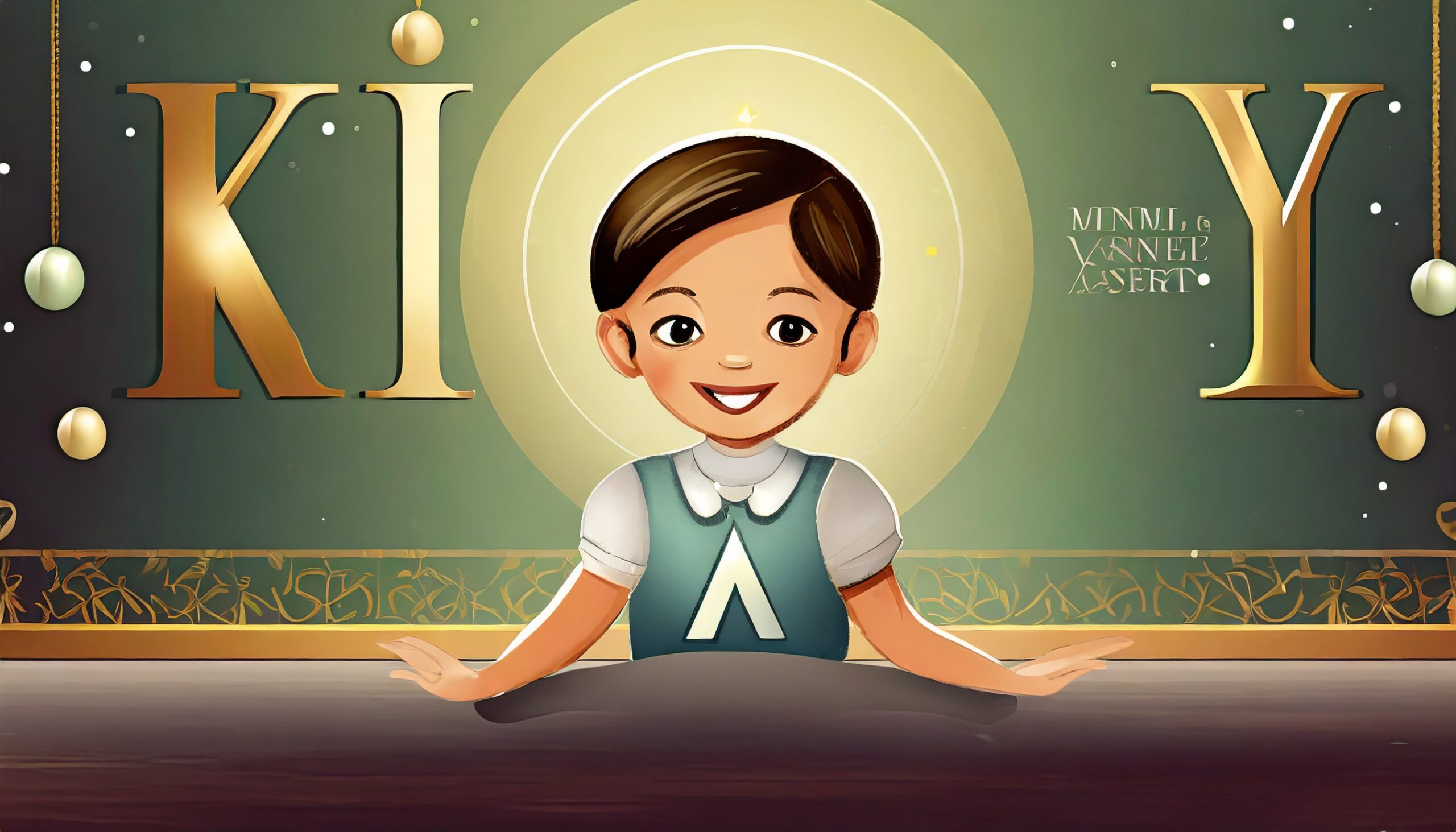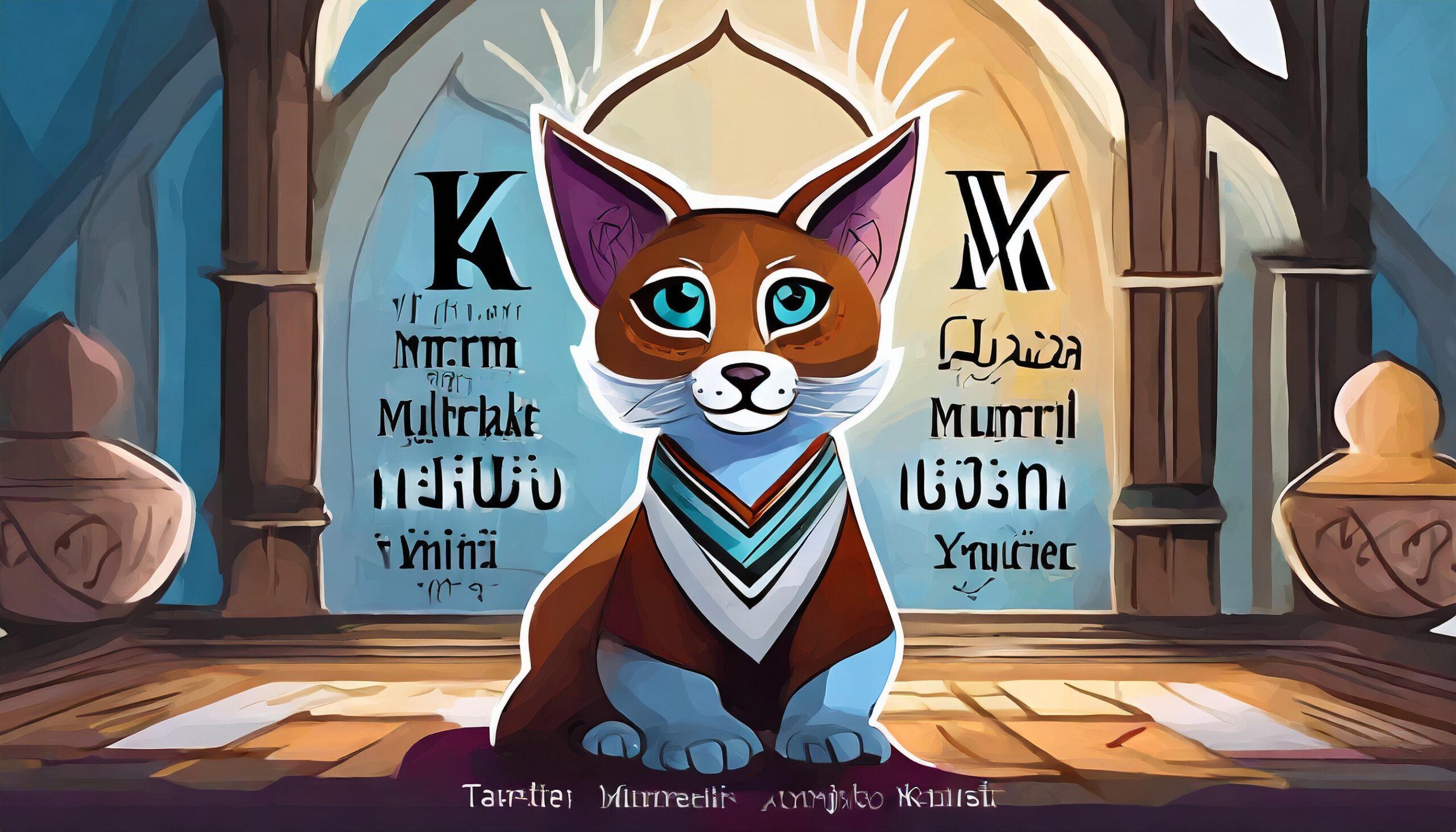If you’re looking to save money on cloth diapering and reduce your environmental impact, buying secondhand cloth diapers might be the way to go. While cloth diapers are often touted as a more cost-effective and eco-friendly option than disposables, the reality is more nuanced. However, buying used cloth diapers can be a great way to save money and reduce waste.
The secondhand cloth diaper market is active, with many people selling lightly used or even new diapers at a discount. While the idea of using someone else’s diapers may seem unappealing, cleaning and sterilizing them at home is easy. In this article, we’ll guide you through everything you need to know about buying used cloth diapers, including terminology, things to watch out for, and where to buy them.
Key Takeaways
- Buying secondhand cloth diapers can save you money and reduce waste.
- There are some things to watch out for when buying used cloth diapers, but cleaning and sterilizing them is easy.
- There are many places to buy secondhand cloth diapers, including retailers, swap sites, and Facebook groups.
Used Cloth Diaper Terminology and Abbreviations
If you’re new to cloth diapering, you might feel overwhelmed with the various terms and abbreviations. To help you get started, here is a rundown of the different types of cloth diapering systems.
Cloth Diaper Types
-
All-in-One diapers (AIO): These are complete diapers that have the absorbent inserts sewn into the diaper cover. They are similar to disposable diapers in terms of ease of use, but they are slower to dry and are usually more expensive.
-
All-in-Two diapers (AI2): All-in-Two diapers have snaps for attaching a removable absorbent insert. They offer the convenience of being a one-piece diaper like an All-in-One, with the benefit of faster drying time and flexibility to change the type of insert.
-
Covers: Covers are waterproof outer layers that do not have absorbent materials. You can place inserts, folded flat diapers, prefolds, or fitted diapers inside for absorbency.
-
Pockets: Pockets have a pocket between the waterproof shell and a fleece inner layer that is in contact with the baby’s skin. In this pocket, you can stuff inserts or flat diapers to add absorbency. They require an extra step of stuffing the diapers, but once stuffed, they go on like a disposable diaper.
Each cloth diaper type requires absorbent material to soak up baby pee. All-in-Ones have the absorbent material sewn in, while the other types allow you to choose the absorbent materials that work best for you. Here are the most common types:
Cloth Diaper Absorbent Materials
-
Fitted diapers: These are diapers made of absorbent material but are not waterproof. They look like regular diapers and are used in conjunction with covers.
-
Flat diapers: Flat diapers are large squares of absorbent fabric. They can either be folded up and placed inside covers or pockets, or wrapped around the baby and adhered with clips called snappies.
-
Inserts: Inserts are pieces of absorbent fabric that you place inside the diaper to soak up urine. They are usually the least bulky of the absorbent options. There are different kinds of inserts with their own strengths and weaknesses:
- Bamboo: Bamboo inserts are thinner and quick absorbing, but more expensive.
- Cotton: Cotton is an affordable option but is slower absorbing.
- Hemp: Hemp can absorb a lot of fluid but is slow absorbing. These are popular but more expensive since they do not wear out with time.
- Microfiber: Microfiber is fast absorbing but acts like a sponge, so it is prone to pressure leaks. It’s cheap and comes standard with a lot of cloth diapers. However, it wears quickly compared to other inserts, so it’s less popular.
-
Prefolds: Prefolds are in the middle ground between flats and inserts. They are flats that have been somewhat sewn together but are bigger than inserts.
Lastly, here are some cloth diaper accessory terms that you may come across:
Miscellaneous Cloth Diaper Terms & Accessories
-
Hook & Loop: Hook and loop is a fancy way of saying that the diaper fastens with velcro instead of snaps. Velcro cloth diapers are thought to have a shorter shelf life than snaps.
-
Liners: Liners are thin disposable liners that you can peel off and flush away with poop instead of trying to get it off the diaper itself.
-
PUL: Polyurethane laminate is the durable material that makes up the waterproof outer layer of diaper covers.
-
Snappies: Snappies are clips that hold flat diapers in place on the baby.
-
Wet bag: Wet bags are waterproof bags for storing dirty diapers until you can put them in the washing machine. Wet bags are great even if you don’t use cloth diapers for gross or wet baby clothes.
When you’re ready to start buying secondhand cloth diapers, you’ll also find a lot of abbreviations related to selling and diaper condition. Here is a quick guide to the most common secondhand resale lingo:
Abbreviations for Buying Used Cloth Diapers
- EUC: Excellent used condition
- Firm: Seller is not open to price negotiations
- FS: For sale
- FT: For trade
- ISO: In search of
- MMAO: Make me an offer
- NIP: New in package
- NOOP: New out of package
- NWOT: New without tags
- NWT: New with tags
- OBO: Or best offer
- OS: One size (diaper)
- **PP
Things to Watch Out For in Secondhand Cloth Diapers
Buying used cloth diapers can be a great way to save money, but before making a purchase, there are some important things to consider. Here are some tips to help you make an informed decision.
How Many Used Cloth Diapers Should You Buy?
The number of cloth diapers you need depends on the age of your baby, how often you do laundry, and if you are part-time or full-time cloth diapering. Newborns require the most diaper changes, and you may need around 12 diaper changes in a day. For older infants and toddlers, you’ll change diapers less. You’ll often read that 24 cloth diapers are enough to do full-time cloth diapering and laundry every 2-3 days. However, having fewer diapers means they’ll see more use and wear out faster. If you are unsure about cloth diapering, you may want to start with just a few diapers to try it out.
Variety of Cloth Diaper Brands
It’s important to note that there is no one-size-fits-all solution when it comes to cloth diapers. A good fit for your baby’s body matters more than the brand. The match between diaper brand and baby body shape can be a deal breaker for some families. With that in mind, we would be hesitant to buy a big lot of the same brand. Babies grow, and their sizing diaper fit may also change over time. You may also find you like a different type of diapering system than you expected. You don’t know until you try.
Elastic Condition
Elastic does not last forever and will lose its stretchiness with time and use. Stretched out elastic increases the chance of leaks because the diaper will be too loose. Before buying a pre-owned cloth diaper, check the elastic quality. If the elastic is relaxed, it may be a costly undertaking to replace it, depending on the diaper brand. The one brand of diapers we’d consider buying with bad elastics is FuzziBunz since their elastics are not sewn in and are easier to replace. On the other hand, BumGenius diapers have a reputation for losing elasticity more quickly than other diapers.
PUL (Polyurethane Laminate) Condition
The PUL covering is what keeps the liquid inside the diaper. Cracks will increase your chance of leaks. PUL cannot be easily repaired, so it is best to pass on these diapers. To check the PUL, make sure you turn the diaper shell inside out if it is a pocket and inspect the inside carefully. If you are unsure of the PUL condition, you can pour a small amount of water on it to test how it holds liquid before using it on your baby.
Skip Microfiber Inserts
Microfiber inserts wear out and lose their absorbency over time, some after only a year of use. They are also known to hold smell more than other types of inserts. Some people report having to strip their microfiber inserts more often to keep them from stinking. Due to the nature of the microfiber material, it is easy enough to opt for a different insert material instead. Microfiber inserts are also the cheapest inserts, so it is affordable to buy them new if you’d like to use them.
Stains, Smells, and Laundry Soap Build Up
Don’t be deterred by stains and smells on diapers. These shouldn’t impact function, and normal smells and stains should be easy enough to remove. When you get a lot of used cloth diapers, you’ll likely want to strip them. Stripping deep cleans the used cloth diapers and removes any mineral or soap build-up that may impact absorbency. For stains, diapers can be put out in the sun to bleach the stains.
By keeping these tips in mind, you can make an informed decision when buying used cloth diapers. Remember to always inspect the condition of the diapers before making a purchase to ensure that they are in good condition and will last for the lifespan of your diaper stash.
Don’t Overpay for Pre-Owned Cloth Diapers
When it comes to purchasing pre-owned cloth diapers, price is an important factor to consider. While the cost of brand new cloth diapers can vary widely, from upwards of $35 to as low as $6 for cheaper options, it’s important to keep in mind the resale value of pre-owned cloth diapers. Before making a purchase, it’s essential to research how much the brand new version of the diaper costs, as some used diapers may be priced higher than their brand new counterparts.
To ensure that you’re getting a good deal, aim for at least a 50% discount off the retail price when purchasing pre-owned cloth diapers. As a general rule of thumb, you can use the $5-6 dollar range of new cloth diapers as a guide when buying used ones.
It’s important to note that just because a cloth diaper is secondhand, it doesn’t necessarily mean it’s a good deal. Some sellers may price their used diapers higher than the brand new version due to the popularity of certain patterns or designs. Always research the cost of the brand new version before making a purchase to avoid overpaying for pre-owned cloth diapers.
By purchasing pre-owned cloth diapers at a discounted price, you can save money and stay within your budget while still building your diaper stash. With the right research and knowledge, you can find great deals on pre-owned cloth diapers without sacrificing quality or style.
Where to Buy Secondhand Cloth Diapers
In-person
When looking to purchase pre-owned cloth diapers in person, there are various options available that allow you to physically inspect the diapers before making a purchase. These options include:
-
Swap Events: Many areas host swap meet up events for baby and kids items, providing a great opportunity to find used cloth diapers.
-
Consignment Stores: Child consignment stores such as Once Upon a Child may carry cloth diapers and cloth diaper accessories.
-
Yard Sales: While yard sales require effort to find cloth diapers, they offer the potential for great deals. Nowadays, many people post about their yard sales on Facebook Marketplace, allowing you to check out those posts before making the trip.
Facebook is a popular platform for finding used cloth diapers, offering several avenues for purchase:
-
Marketplace: Facebook Marketplace can have good deals on cloth diapers, although it may require more searching. People not closely connected to the local cloth diaper community often post exclusively on Marketplace, offering better deals to sell their diapers quickly.
-
Local Cloth Diaper Groups: These groups are an ideal place for buying pre-owned cloth diapers. They offer specific and frequent postings, with lower prices due to the absence of shipping costs and the ability to inspect the diapers before purchase.
-
Local Parents Groups: Some local parents Facebook groups allow sale postings, providing another avenue for purchasing pre-owned cloth diapers.
-
Local Yard Sale Groups: General yard sale groups occasionally feature cloth diaper postings, potentially offering better deals or less competition than more baby- or diaper-focused groups.
-
National Buy/Sell/Trade Groups: National cloth diaper Facebook resale groups are large and active, but many listings may be priced higher than retail and involve shipping costs.
Online
Apart from Facebook, there are other online platforms where you can find pre-owned cloth diapers:
-
Craigslist: Craigslist is a reliable option for finding secondhand goods locally, including cloth diapers.
-
Ebay: With over 14,000 hits for “cloth diapers,” Ebay can be a good source for pre-owned cloth diapers, although some may be priced above retail.
-
Jillian’s Drawer: Jillian’s Drawer offers a trial cloth diaper program where you can try a sampler of cloth diapers for 21 days. Returned trial diapers are then sold as gently pre-owned diapers.
-
OfferUp: OfferUp is another local market platform similar to Craigslist, allowing ratings and phone verification of users.
-
Mercari: This online platform connects sellers and buyers, offering numerous cloth diaper listings.
-
Poshmark: Similar to Mercari, Poshmark connects individuals selling items with buyers, providing a constantly changing inventory of cloth diapers.
By exploring these in-person and online options, you can find the best deals on pre-owned cloth diapers that suit your needs and preferences.
How to Clean and Sterilize Used Cloth Diapers
Cleaning and sterilizing used cloth diapers can seem overwhelming at first, but it is a necessary step to ensure that the diapers are safe and clean for your baby’s use. Here are the steps you need to follow to clean and sterilize your pre-owned cloth diapers.
Stripping Pre-Owned Cloth Diapers
Stripping is a process that you need to follow to deep clean your pre-owned cloth diapers. This process helps to remove any build-up of laundry soap, mineral deposits, or any other dirt that may have accumulated over time. Stripping your pre-owned cloth diapers is important because it helps to restore their absorbency.
To strip your pre-owned cloth diapers, you will need to soak them in hot water with 1/4 cup of borax and 1/4 cup washing soda (or baking soda). If available, you can add 1/4 cup of Calgon, which is a water softener. You can use a top-loaded washing machine or a tub to soak your pre-owned cloth diapers. After soaking, you can wash the diapers as you would normally.
It is important to note that you may need to repeat the stripping process or run a few rinse cycles to remove all the laundry detergent build-up.
Sterilizing Pre-Owned Cloth Diapers
After stripping your pre-owned cloth diapers, the next step is to sterilize them. Sterilizing your pre-owned cloth diapers is important because it helps to kill any bacteria or germs that may be present on the diapers.
To sterilize your pre-owned cloth diapers, you can use bleach. You can run a cold wash cycle with bleach, making sure to pause the wash cycle for about 30 minutes to allow the diapers to soak. Alternatively, you can soak the diapers in cold water with bleach in a bowl or sink for 30 minutes.
When using bleach, it is important to dilute it based on the water amount since it can be harsh on fibers. There isn’t a standard recommended dilution. You can use a 1/4 cup in a wash cycle or in a half-filled tub, but you’ll see different ratios depending on your reference.
It is important to note that bleach should only be used occasionally, as overuse can damage the fabric of the cloth diapers. Additionally, you should not use bleach on wool, silk, or any other delicate fabrics.
By following these steps, you can ensure that your pre-owned cloth diapers are clean and safe for your baby’s use. Remember to follow your regular wash routine after the initial cleaning and sterilization process to keep your cloth diapers clean and fresh.
Summary
If you are looking to save money on cloth diapers, buying secondhand can be a great option. However, it is important to compare prices to buying new and to check the condition of the elastics and PUL before purchasing. Used cloth diapers need to be sanitized with a quick diluted bleach soak before use. Cloth diapering can involve some trial and error, so it is recommended to seek advice and troubleshooting from online communities like the cloth diapering subreddit. Share your best secondhand cloth diaper score and any tips you have for someone getting started with cloth diapering. Don’t forget to pin this post for future reference!





Bir yanıt yazın